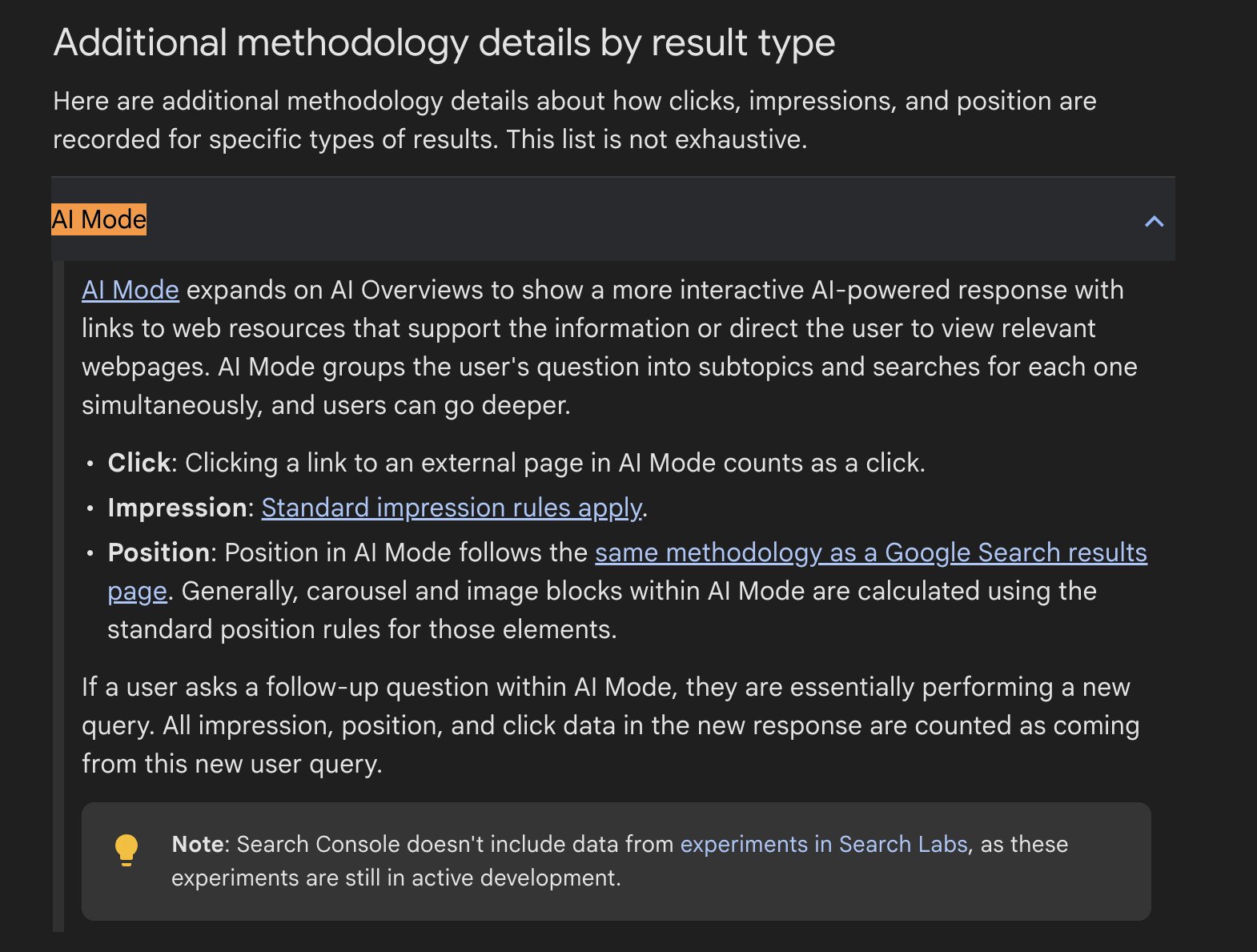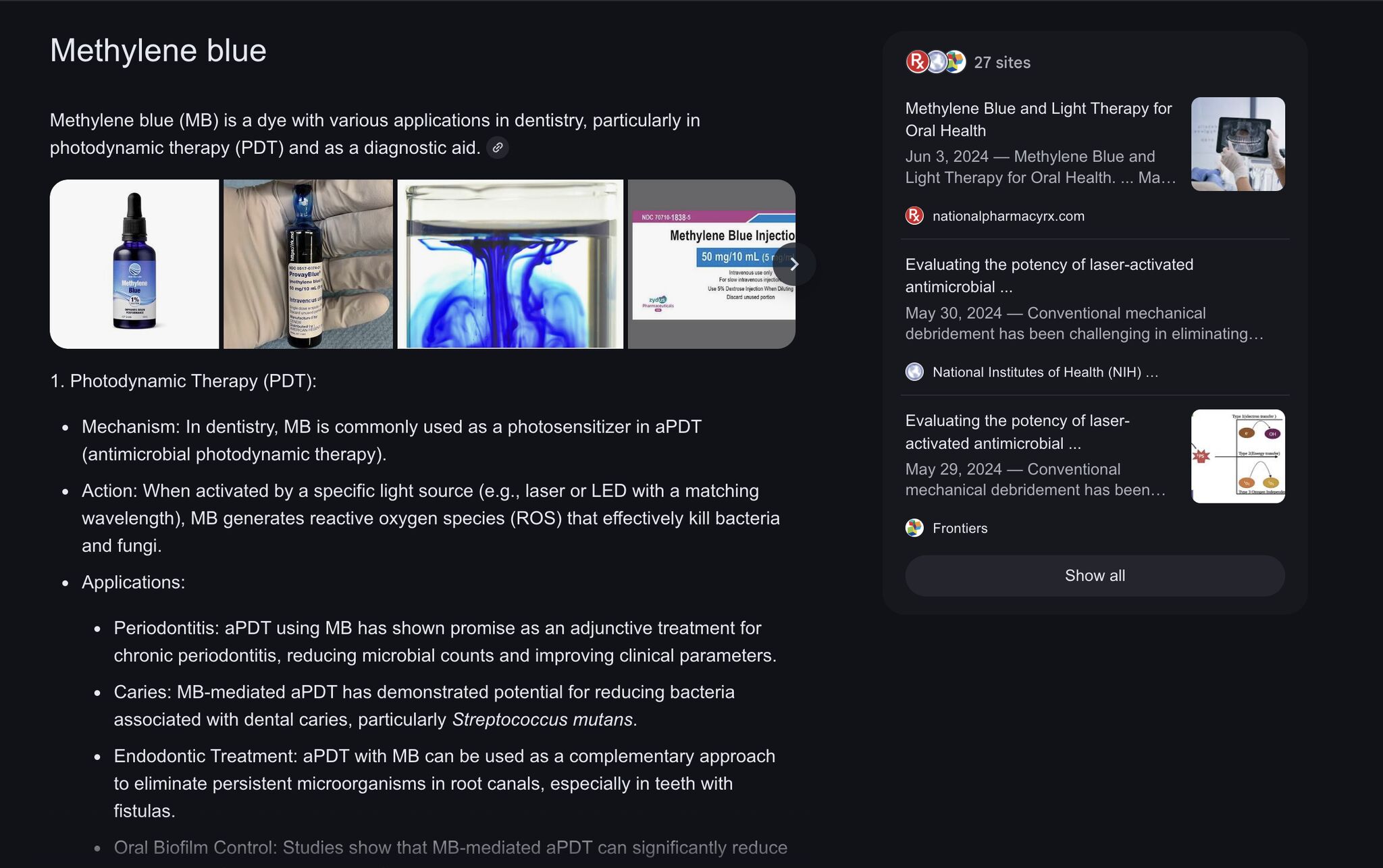Google’s AI Mode & Search Console Data

Google’s AI Mode is about to start sending Click, Impression, and Position data to Google Search Console.
Some SEOs are panicking over CTR and click numbers—some are even considering stopping the creation of informational content altogether. But that’s a slow way to kill your SEO presence.
Here’s the truth:
If your document doesn’t rank → your passage won’t rank → if your passage doesn’t rank → the generated passage won’t cite you either.
Document Ranking → Passage Ranking → Passage Generation These are three distinct layers of the same hybrid semantic search system.
It’s not just about clicks. It’s about the total relevance of your website for targeted queries, ongoing conversations, and their related topics.
If your content helps Google answer informational queries, don’t be surprised when you start ranking for commercial ones too.
Proof from eCommerce Projects
A strong educational section about a product—how to use it, or what alternatives exist—helps you rank not just for informational intent, but also for price, shipping, and transactional keywords.
To thrive in this new era, understand:
- Statistical Semantics
- The Cost of Retrieval
Topical Authority isn’t just a tactic anymore—it’s a long-term system. And it’s evolving beyond Google. Beyond clicks.
A while ago, I shared some algorithmic authorship rules to increase visibility in Featured Snippets and People Also Ask. Every ranked passage pushes your main document higher. Every ranked document makes you more citable in AI Mode. Every AI citation improves your chances for the next query, conversation, or SERP feature.
That’s how machine learning in search works.
And no, click traffic won’t disappear. In fact, query count per session, average query length, and naturally clicks per user are all increasing.
Also keep in mind:
With Google under pressure from the U.S. DOJ over anti-competitive behavior, it has to keep sending traffic. Otherwise, they risk losing another major legal battle.
🚨 Query Augmentation & AI Mode in Google Search 🚨

Query Augmentation is the first step in how Google’s AI Mode operates.
Here’s the truth:
🔍 You don’t get results for the query you type—you get results for the query Google processes.
That’s why, 5 years ago, we introduced the concepts of “Raw Query” and “Processed Query” in our methodology, directly inspired by Google patents.
In fact, we wrote an entire unpublished book—“Keywords to Questions”—long before our course launched. 📘 It explained how Google uses probabilistic models to generate and rank questions. This material was intentionally shared only with a select few leaders in the industry, because frankly, I didn’t think the broader SEO space was ready for it.
🧠 What most people still don’t realize:
Query Augmentation doesn’t stem from “search demand” alone. It comes from Contextual Domains.
For example, if the query is “Methylene Blue”, AI Mode expands it by understanding its contextual dimensions:
- As a dye
- As a medicine
- As a photosensitizer
The system prioritizes the most relevant entity attributes, like “uses” in this case. For other entities, it might prioritize “types,” “manufacturing steps,” or “application methods.”
📚 Engineering-Based Content Briefs
That’s exactly why our content brief system is built around:
- Macro-contexts
- Micro-contexts
This ensures full coverage of topical possibilities and prevents content gaps. It’s engineering-based SEO, not guesswork.
🛑 If someone tells you SEO just changed overnight because of Google I/O—they haven’t been paying attention to the last 27 years of Google’s semantic search evolution.
🧢 Don’t let hype-marketers scare you. Tools like “GEO” or exaggerated claims of “SEO is dead” are distractions.
💡 If you approach SEO with an engineer’s mindset, you’re about to earn more than ever before. SEO isn’t dead. It’s just getting smarter. And if you are too—you’re ahead of the game.
Note: Query Augmentation has existed for over 20 years. It’s not new, and it remains the valid first step of query processing for regular web results as well.
